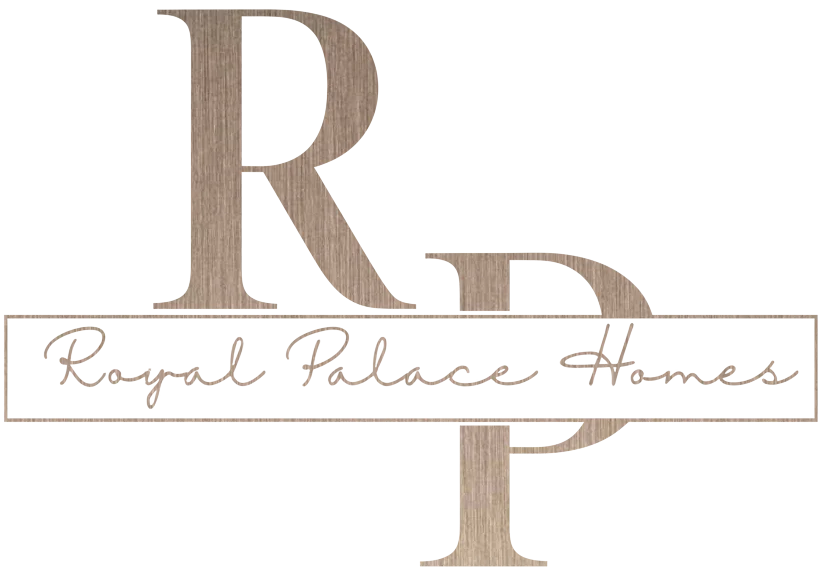DIY painting projects can be a fun and rewarding way to spruce up your home while also saving money on hiring professional painters. However, in order to achieve professional-looking results, it’s important to have the right tools and equipment on hand. In this blog post, we will explore some essential tools and equipment for DIY painting projects that will help you achieve a flawless finish.
1. Paintbrushes and Rollers: High-quality paintbrushes and rollers are essential for achieving smooth and even coverage. Invest in a variety of sizes to tackle different areas of your project, from trim and corners to larger surfaces like walls and ceilings. Look for brushes and rollers made from synthetic materials for easy cleaning and long-lasting performance.
2. Painter’s Tape: Painter’s tape is a must-have tool for achieving clean and crisp lines between different surfaces, such as walls and trim. Make sure to use a high-quality painter’s tape that is designed for use on painted surfaces to prevent bleeding and ensure sharp edges. Take your time to properly apply the tape before painting to avoid any mistakes.
3. Drop Cloths: Protect your floors, furniture, and other surfaces from paint spills and splatters with the use of drop cloths. Opt for canvas drop cloths for heavy-duty protection or plastic drop cloths for easy cleanup. Secure the drop cloths in place with tape or weights to prevent any accidents while painting.
4. Paint Trays and Liners: Paint trays are essential for holding and distributing paint while you work. Look for paint trays with disposable liners for easy cleanup and reuse. This will save you time and effort during your painting project.
5. Paint Stirrers: Properly mixing your paint before use is crucial for achieving consistent color and coverage. Invest in a few paint stirrers or mixing sticks to ensure that your paint is well-blended and ready for application. Be sure to stir the paint thoroughly, especially if it has been sitting for a while.
6. Sandpaper and Putty Knife: Before painting, it’s important to properly prepare your surfaces by sanding away any rough spots or imperfections. A good quality sandpaper and putty knife will help you smooth out surfaces and fill in any holes or cracks for a flawless finish.
7. Extension Pole: For hard-to-reach areas like ceilings or high walls, an extension pole can be a lifesaver. Attach your paint roller to the extension pole to easily reach high places without the need for a ladder. This will not only make your job easier but also safer.
By having these essential tools and equipment on hand, you can tackle your DIY painting projects with confidence and achieve professional-looking results. Remember to always follow proper painting techniques and safety precautions to ensure a successful and satisfying outcome. Happy painting!

